I have recently returned from my trip to Paris, France and am sharing my highlights. Though the big attraction of my trip was the Musée de Cluny, there are some smaller, “off-the-beaten track” museums in Paris that I have also always wanted to visit, and I present two of them at the end of my post.
 Musée national du Moyen Âge, Paris @ Thoughts on Papyrus.
Musée national du Moyen Âge, Paris @ Thoughts on Papyrus.- Musée de Cluny
Address: 28 Rue du Sommerard, Latin Quarter, Paris; Metro: Cluny – La Sorbonne. Admission: Ticketed.
The Museum of the Middle Ages is one of the largest collections of medieval art and artefacts in Europe, and is located in the former town-house of the Abbots of Cluny, which also has elements of Gallo-Roman ruins. It has medieval sculptures, tapestries, metal-work, carvings, religious, household and war items, and stained-glass examples on displays. My highlight was, of course, The Lady and the Unicorn series of tapestries, which I have wanted to see for a long time. The beautiful tapestries, with elegant depictions of animals and plants, were woven in the late fifteenth century, and each represents one of the five human senses: touch, sight, hearing, smell and taste. The sixth tapestry, titled A mon seul désir, is said to represent the sixth sense of the heart or intuition.
 A fragment of tapestry The Lady and the Unicorn: À mon seul désir, Musée national du Moyen Âge, Paris @ Thoughts on Papyrus.
A fragment of tapestry The Lady and the Unicorn: À mon seul désir, Musée national du Moyen Âge, Paris @ Thoughts on Papyrus. A fragment of tapestry The Lady and the Unicorn: Hearing, Musée national du Moyen Âge, Paris @ Thoughts on Papyrus.
A fragment of tapestry The Lady and the Unicorn: Hearing, Musée national du Moyen Âge, Paris @ Thoughts on Papyrus.Other highlights were The Gallery of the Kings, twenty-two stone heads of the Kings of Judah (carved around 1220) and The Stalls from the Saint-Lucien-de-Beauvais Abbey. As I went through the collection, ivory caskets also intrigued me. The one on the left is from the fourteenth century and depicts the allegory of amorous conquest on the lid, while the sides feature courtly love episodes from chivalric literature, including Tristan and Iseult at the fountain. The one on the right is a reliquary (a casket to keep holy relics) from 1200 made in Cologne and depicting the twelve apostles.
 Musée national du Moyen Âge, Paris @ Thoughts on Papyrus.
Musée national du Moyen Âge, Paris @ Thoughts on Papyrus. Musée national du Moyen Âge, Paris @ Thoughts on Papyrus.
Musée national du Moyen Âge, Paris @ Thoughts on Papyrus.Some other medieval tapestries in the collection:
 A fragment of tapestry The Letter, Southern Netherlands, Musée national du Moyen Âge, Paris @ Thoughts on Papyrus.
A fragment of tapestry The Letter, Southern Netherlands, Musée national du Moyen Âge, Paris @ Thoughts on Papyrus.The Letter is a millefleur tapestry made in Southern Netherlands, showing a woman sitting in a chair and spinning a wool. A young man delivers and reads her a letter. Millefleur refers to the 1480-1520 style where the green background is filled with plants and small flowers. The style was later “revived” by William Morris.
 A fragment of tapestry The Arithmetic, Musée national du Moyen Âge, Paris @ Thoughts on Papyrus.
A fragment of tapestry The Arithmetic, Musée national du Moyen Âge, Paris @ Thoughts on Papyrus.Arithmetic in this beautiful tapestry is personified by a young woman in the centre who is counting tokens while consulting the book presented to her by a man on the right. This tapestry’s style is said to represent the transition from the millefleur style to a more realistic style of the sixteenth century.
 A fragment of tapestry Cycle on seigneurial life, part of the four tapestries, Musée national du Moyen Âge, Paris @ Thoughts on Papyrus.
A fragment of tapestry Cycle on seigneurial life, part of the four tapestries, Musée national du Moyen Âge, Paris @ Thoughts on Papyrus.This is one of the early sixteenth century millefleurs tapestries showing the seigneurial life. I love how the people depicted seem to be “caught in a moment”. The lady’s entourage seem to offer her fruit, while she is turned away from them, listening to the lady on the left who has some herbs/flowers in her hand.
This stunning, rich-in-colour sixteenth century stained glass artwork depicts knight Jacques de Fleckenstein, the commissioner, at the precise time when he assumed the role of a benefactor to his community. Dressed in an armour that shows his elevated social status, he kneels before the Virgin Mary, while his helmet takes the form of a young girl with golden hair. To the right is a wooden medieval altar showing the scenes from the life of Jesus Christ.
 Église Saint-Séverin (exterior), Paris @ Thoughts on Papyrus.
Église Saint-Séverin (exterior), Paris @ Thoughts on Papyrus.- Church of Saint-Séverin
Address: 3 Rue-des-Prêtres-Saint-Séverin, Latin Quarter, Paris; Metro: Saint-Michel. Admission: Free.
I did visit the Notre-Dame de Paris, my favourite church in the whole world, which was restored beautifully after the 2019 fire, but since I have been there a number of times, I have decided to talk here about the Church of Saint-Séverin instead, which I have visited for the first time. It is a magnificent Catholic church built in the Flamboyant Gothic style, and offers a perfect Notre-Dame alternative for those visiting.
The Church is named after a hermit who, in the sixth century, lived in a hut in the place that is now the church and whose student was the grandson of Clovis I – Clodoald or Saint Cloud. The church was finished in the sixteenth century with the help from Grande Mademoiselle, first cousin of Louis XIV. There is a beautiful rose window above the west entrance, and the church also boasts the oldest bell in Paris, cast in 1412. The curious trivia about the Saint-Séverin is that its burial ground (now a garden) once hosted the very first gallstones operation, performed by Germanus Collot in 1474. Allegedly, a condemned-to-die archer was promised freedom by King Louis XI if he agrees to be operated on. The archer lived, and was freed after the procedure.
 Église Saint-Séverin (interior), Paris @ Thoughts on Papyrus.
Église Saint-Séverin (interior), Paris @ Thoughts on Papyrus. From left to right: Pierre Curie, Marie Curie, Irène Joliot-Curie (daughter), and Irène’s husband Frédéric Joliot-Curie. All prominent scientists and Nobel Laureates. Musée Curie @ Thoughts on Papyrus.
From left to right: Pierre Curie, Marie Curie, Irène Joliot-Curie (daughter), and Irène’s husband Frédéric Joliot-Curie. All prominent scientists and Nobel Laureates. Musée Curie @ Thoughts on Papyrus.- Musée Curie
Address: 1 Rue Pierre et Marie Curie, Latin Quarter, Paris; Metro: Cluny – La Sorbonne. Admission: Free.
 The mural of Marie Curie near her museum in Paris @ Thoughts on Papyrus.
The mural of Marie Curie near her museum in Paris @ Thoughts on Papyrus.This is a museum of the history of radioactivity, and Marie Curie and her family’s achievements in this scientific field. Marie Curie (née Skłodowska) (1867-1934) was a world-renowned scientist and Nobel Laureate (twice), who made breakthrough discoveries in the field of radioactivity. The museum was once Curie’s workspace where she worked for some twenty years. Renovated in 2012, the museum revolves around four themes: (i) the family with five Nobel prizes; (ii) radium; (iii) the Curie laboratory; and (iv) the Curie Foundation to treat cancer, and there are scientific instruments, gadgets, personal objects, posters, commercial products, and photographs on display. It is a very small museum – no more than one big room with Marie Curie’s adjacent laboratory and office for viewing, but there is still quite a number of things to take in and read there, so the visit is definitely worthwhile. There is also a garden and a small souvenir shop.
It was interesting to find out the Curie family’s love for sport, tennis and skating, outside their work, as well as to discover life details of Curie’s two daughters – Irène and Ève. I also got to know more about a cloud chamber, an instrument invented in 1897 to detect radiation, and the development of the Roentgen Therapy for medical cases. It must have been both a very exciting and a very precarious work when the Curie family undertook it in the last century.
 Marie Curie’s laboratory in Paris, Musée Curie @ Thoughts on Papyrus.
Marie Curie’s laboratory in Paris, Musée Curie @ Thoughts on Papyrus. Marie Curie’s office in Paris, from which she conducted her business, Musée Curie @ Thoughts on Papyrus.
Marie Curie’s office in Paris, from which she conducted her business, Musée Curie @ Thoughts on Papyrus.Below are museum exhibits that detail the use of radium in beauty products and cosmetics. The Tho-Radia Brand advertised its radium-filled cremes in 1933 in the following manner: “The curative properties of Thorium and Radium lead to the regularization of the superficial circulation of the blood, the toning up and strengthening of the tissues of the skin, the elimination of fat, and the removal of wrinkles” (source). But, of course, their use was dangerous. The Brand survived the ban of radium in 1937 and continued trading until the late 1960s. See also my short review of book Strange Glow: The Story of Radiation [2016].
 Display at Musée Curie, Paris @ Thoughts on Papyrus.
Display at Musée Curie, Paris @ Thoughts on Papyrus. Display at Musée Curie, Paris @ Thoughts on Papyrus.
Display at Musée Curie, Paris @ Thoughts on Papyrus.Above is a typical watch whose hands and numbers were painted with “luminous” radium paint so they can glow in the dark. It was later discovered that many factory workers, mostly women, employed in the making of the products using radium had “radium jaws”, a severe medical condition causing tooth loss, abscesses, and bone decay, as well as suffered from other horrifying symptoms associated with radium poisoning.
- Musée de la préfecture de Police
 Display at le musée de la préfecture de Police, Paris @ Thoughts on Papyrus.
Display at le musée de la préfecture de Police, Paris @ Thoughts on Papyrus.Address: 4 Rue de la Montagne Sainte-Geneviève, Latin Quarter, Paris; Metro: Maubert – Mutualité. Admission: Free.
This is the museum of the history of French police, from the Middle Ages to the present day. I liked this museum, which I also found to be larger than I expected (certainly bigger than the tiny Marie Curie museum). It is located on the third floor of the police station for the 5th and 6th arrondissements, and on display are various historical uniforms, arrests warrants for famous criminals, jail documents, newspapers, photographs, guillotines and weapons. Each room is concerned with one big theme and events that prompted police reform, such as “Police and French Revolution”, “Police and French Resistance”, “History of Forensic Investigation”, etc.
There are also numerous objects, newspaper clippings, etc. on display from famous criminal cases such as those of Giuseppe Marco Fieschi, Henri Désiré Landru and Violette Nozière, and I also picked up some interesting bits of trivia about Paris, for example, the fact that, excluding some fourteen months, from 1794 (the year of the Reign of Terror) to 1977, Paris was the only French commune not to have their own mayor. This may have something to do with the city’s history of revolts and the central government’s reluctance.
On the right is the eighteenth century uniform of the Guard of the Provost of the Hôtel, a force tasked with policing royal residences, maintaining law and order.
 Display at le musée de la préfecture de Police, Paris @ Thoughts on Papyrus.
Display at le musée de la préfecture de Police, Paris @ Thoughts on Papyrus. The front of Gibert Joseph bookstore, Paris @ Thoughts on Papyrus.
The front of Gibert Joseph bookstore, Paris @ Thoughts on Papyrus.Finally, literature-wise, I only popped into two Gibert Joseph book-stores on the Boulevard Saint- Michel in Latin Quarter, and they pleasantly surprised me. The first general one had a great variety of books, fiction and non-fiction, and things around my current interests: Japanese language textbooks and some fiction books in Japanese. Another one had a tremendous amount of manga and comic books of all sorts, and I was particularly impressed to spot some stunningly beautiful translated editions of manga series Showa: A History of Japan by Shigeru Mizuki (Onward Towards Our Noble Deaths), an autobiographical account of the author’s experience growing up during the Shōwa period – pictures below. I recommend it, together with the French edition of NonNonBa (のんのんばあとオレ), Mizuki’s poetic exploration of his childhood through his interest in the yokai (spiritual monsters) culture. See also my previous posts My 3 Favourite Bookshops in Paris and 3 Quirky Museums of Paris.




Overall, this was one great trip and Paris is a wonderful place to visit in early April. Next time I want to visit places associated with Balzac and Hugo. I am finishing this post with a quote often attributed to Thomas Jefferson and which I think rings very true: “Everyone has two countries – their own and France.”
Have you visited Paris? What are your favourite places?

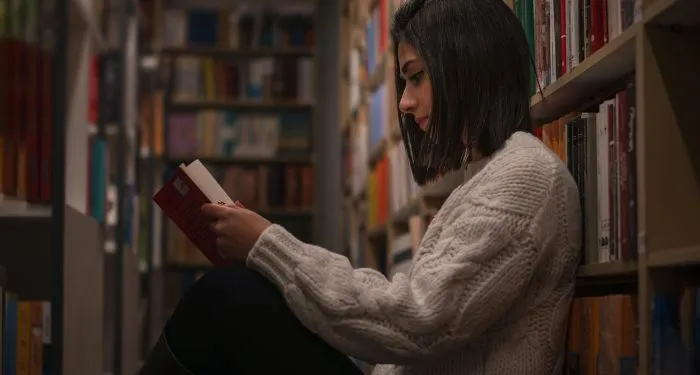




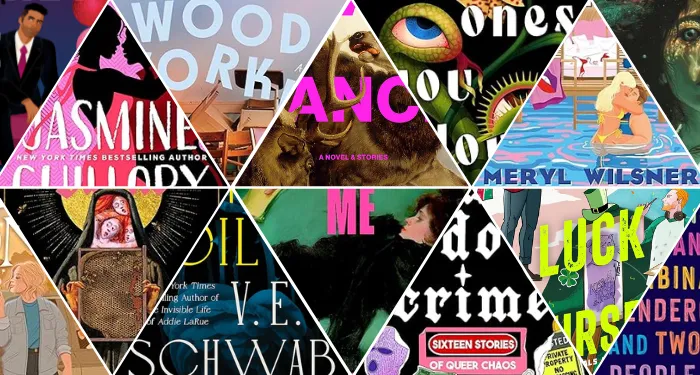

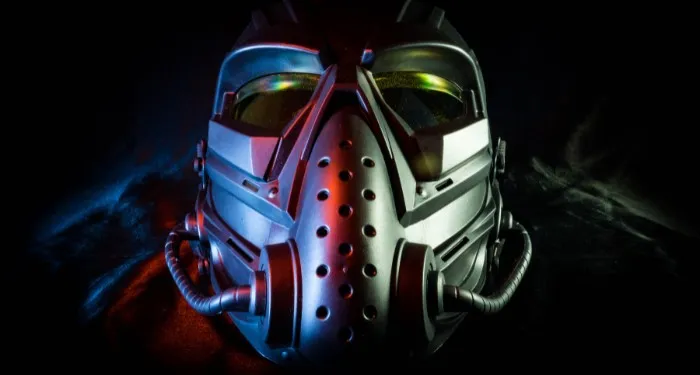



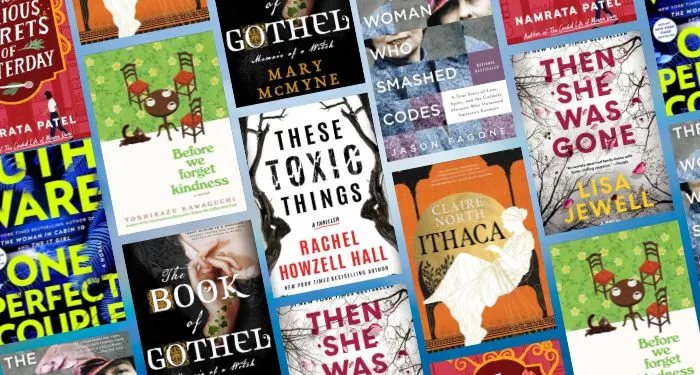

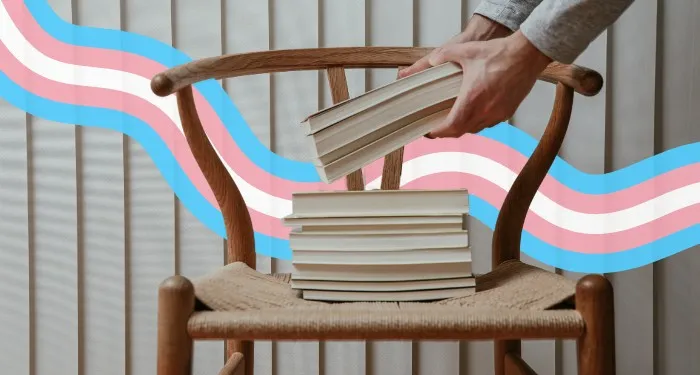




 English (US) ·
English (US) ·